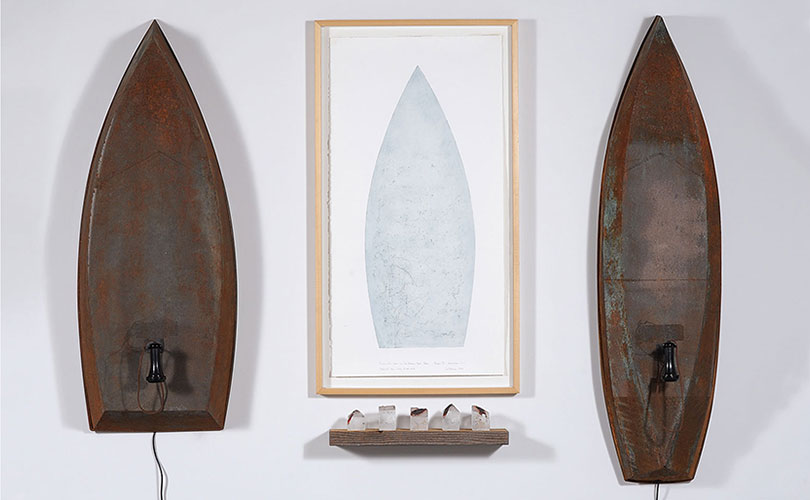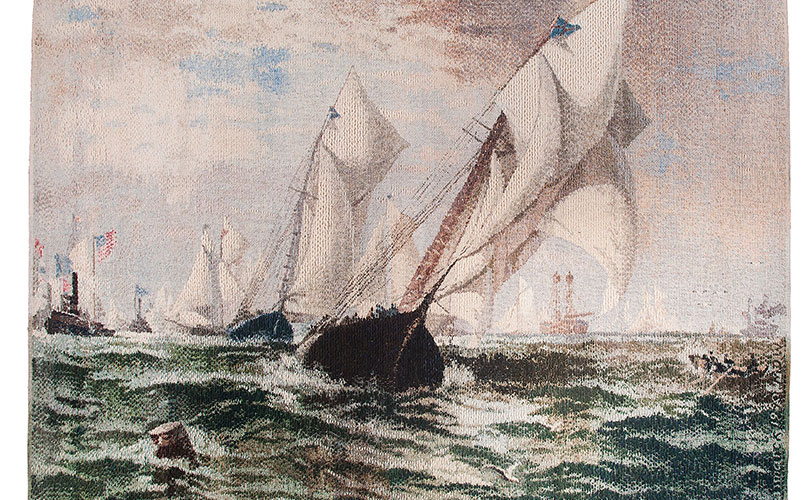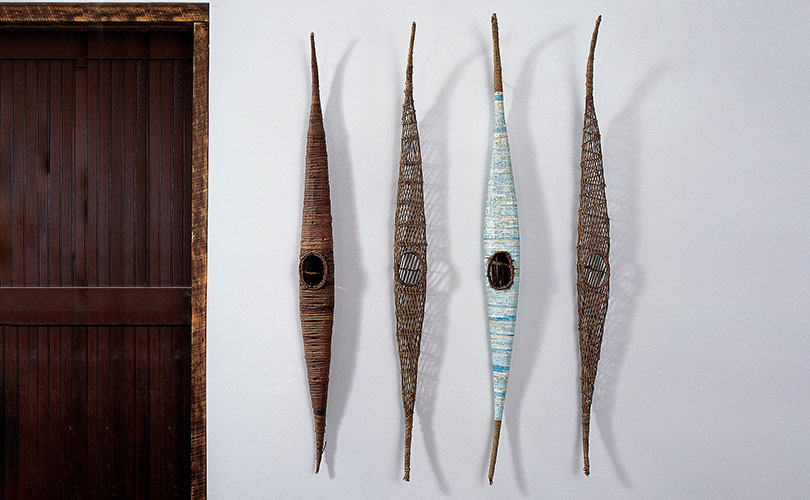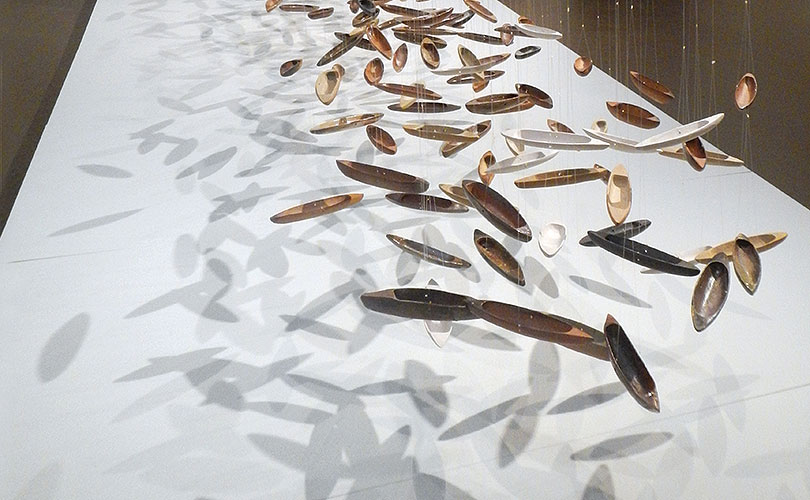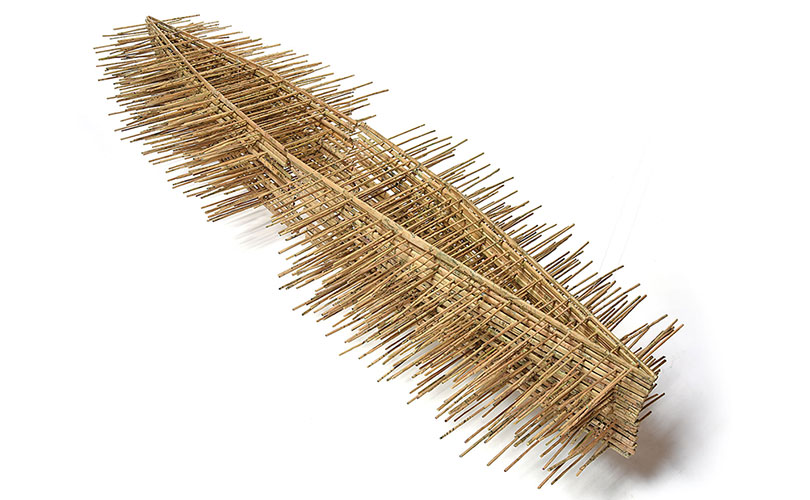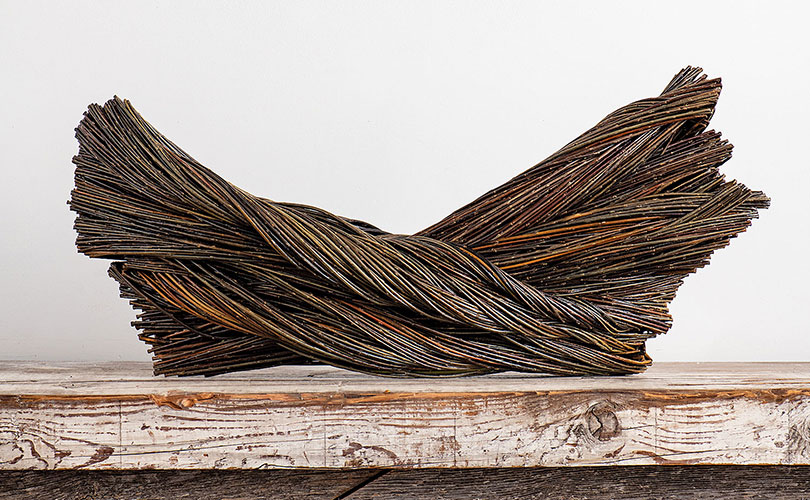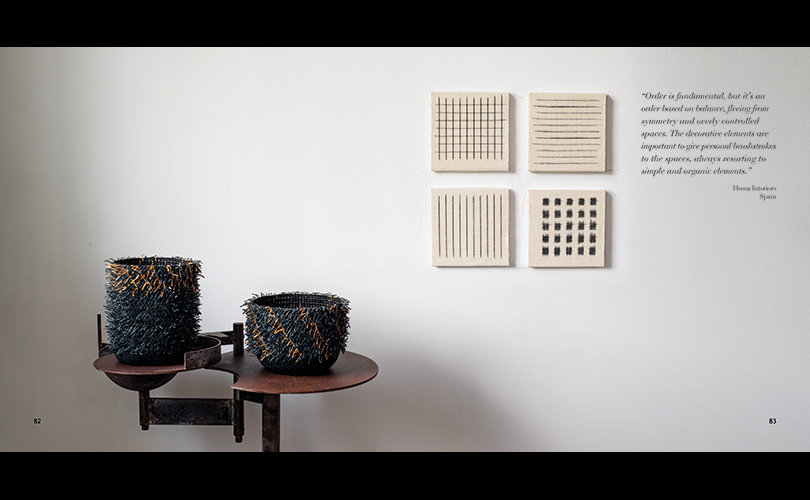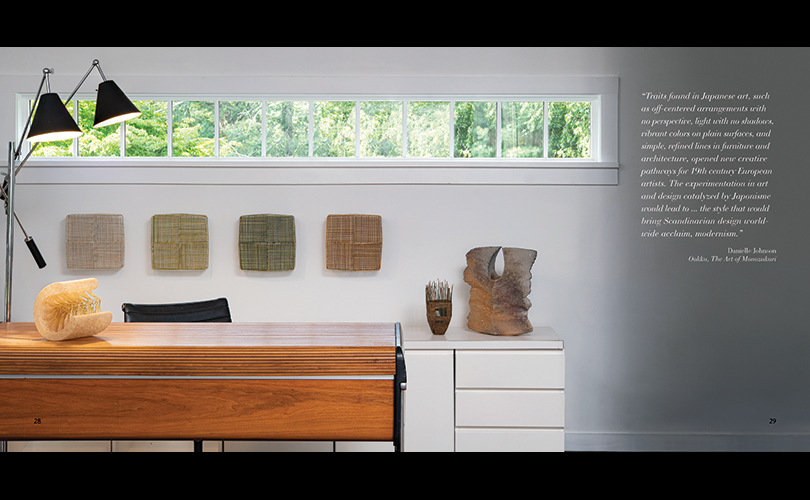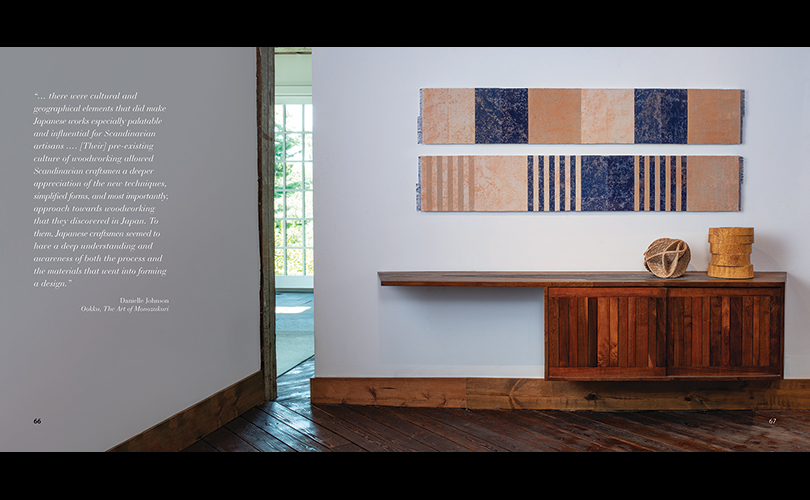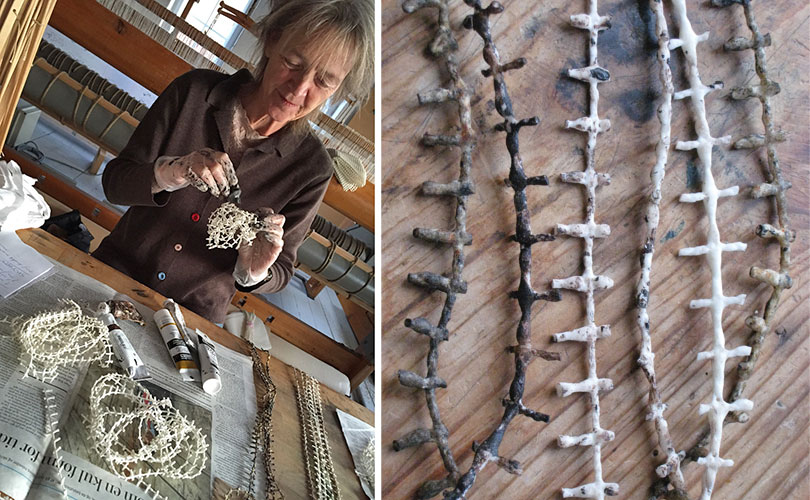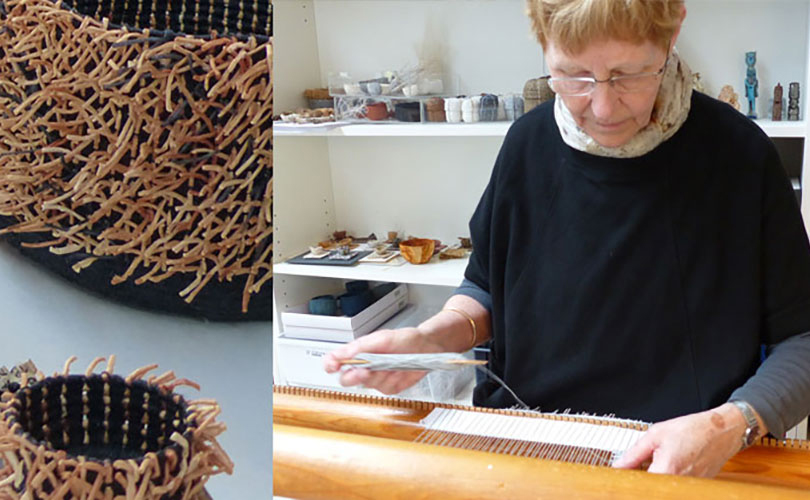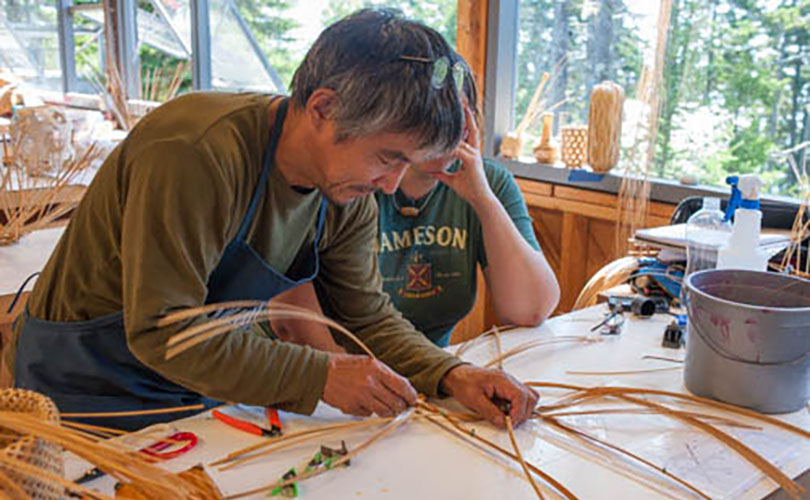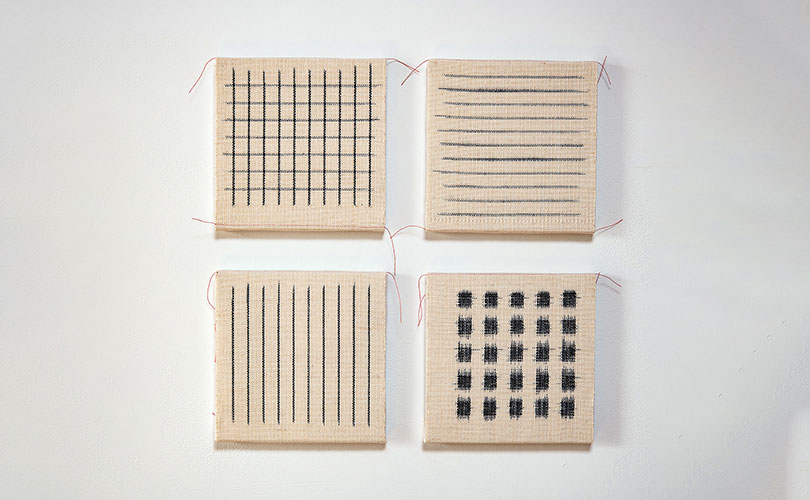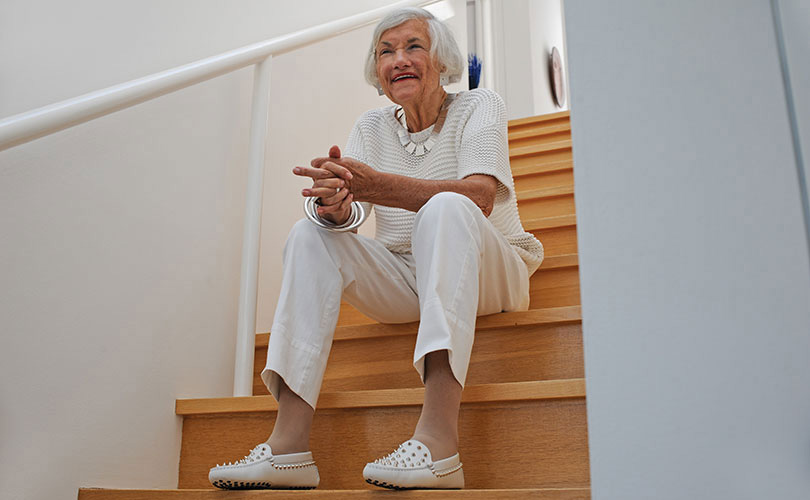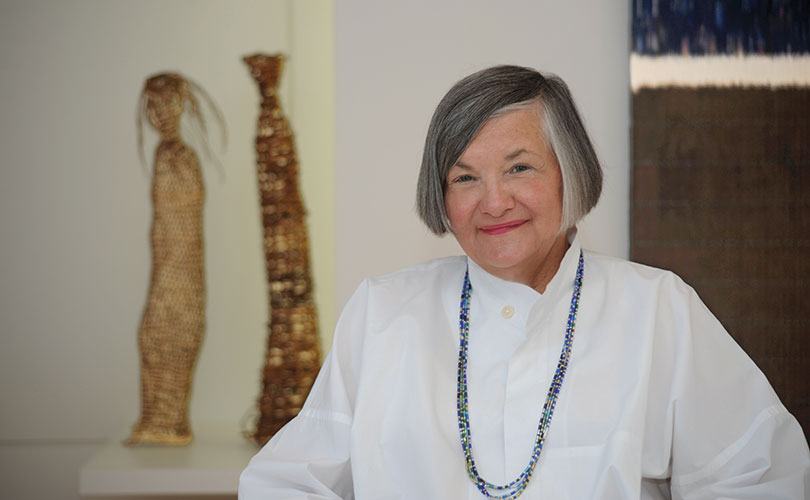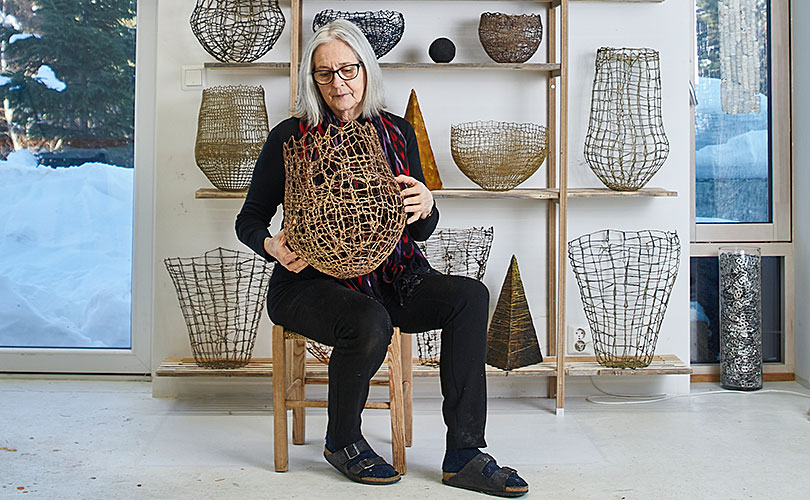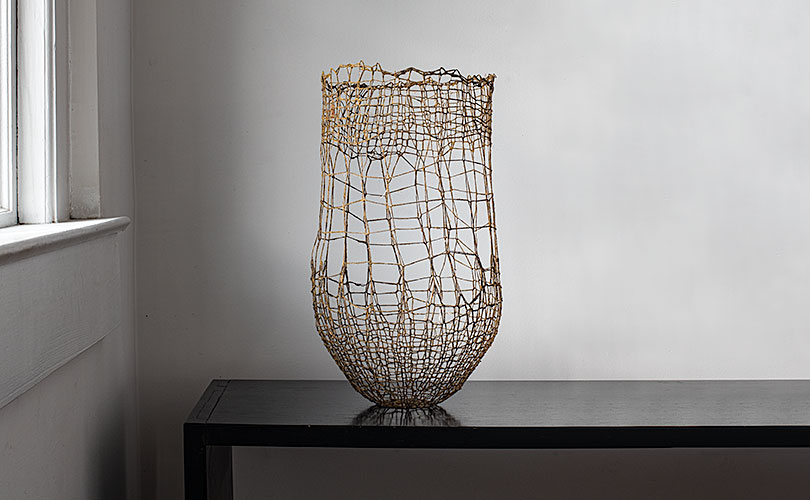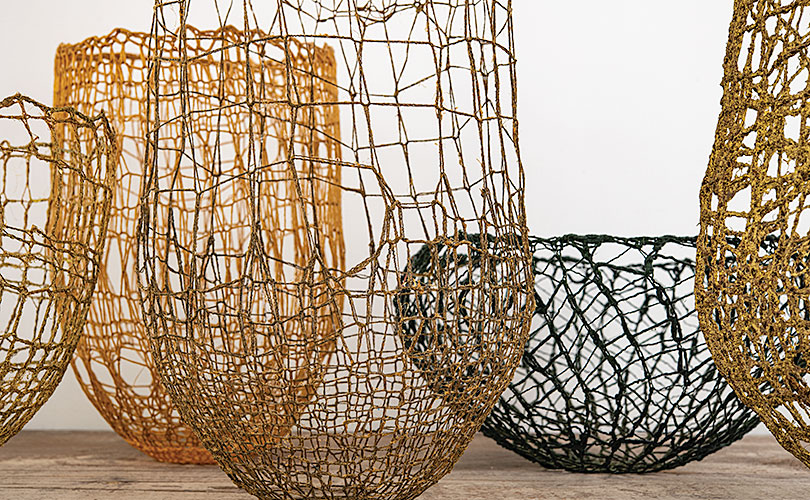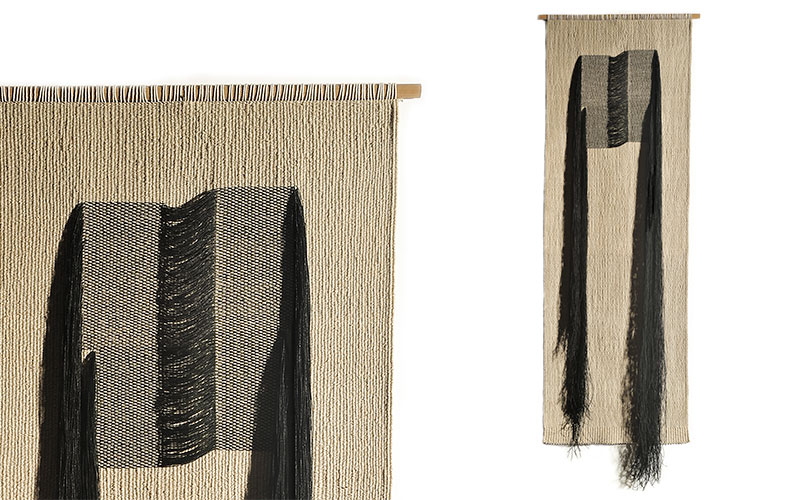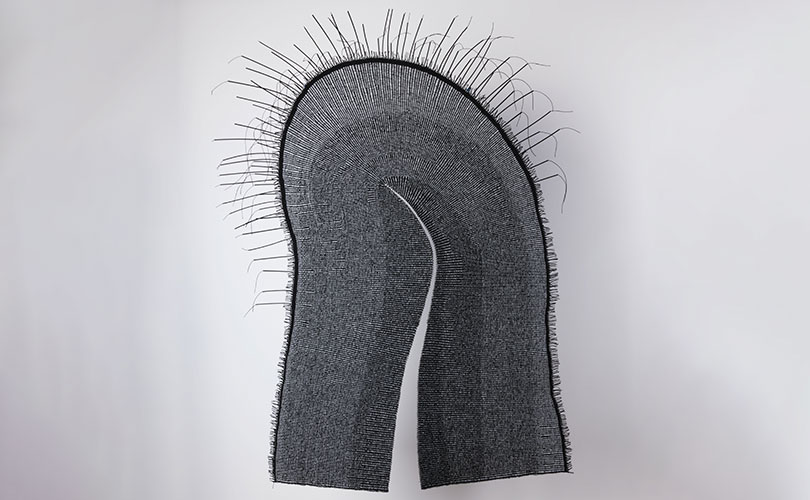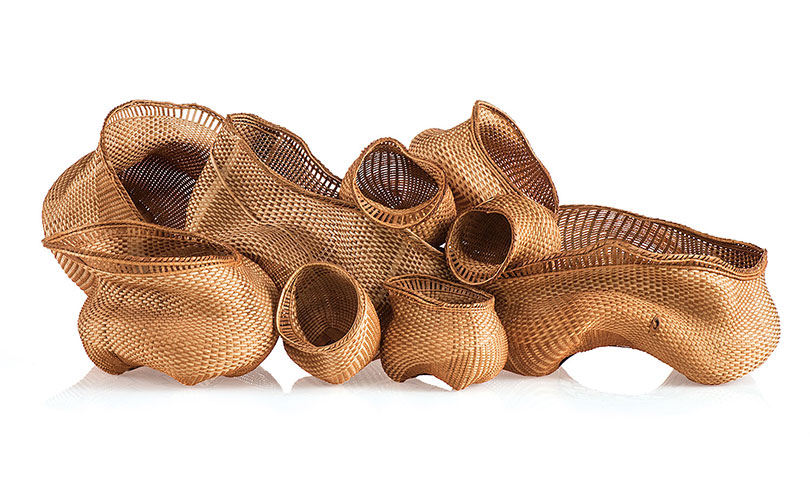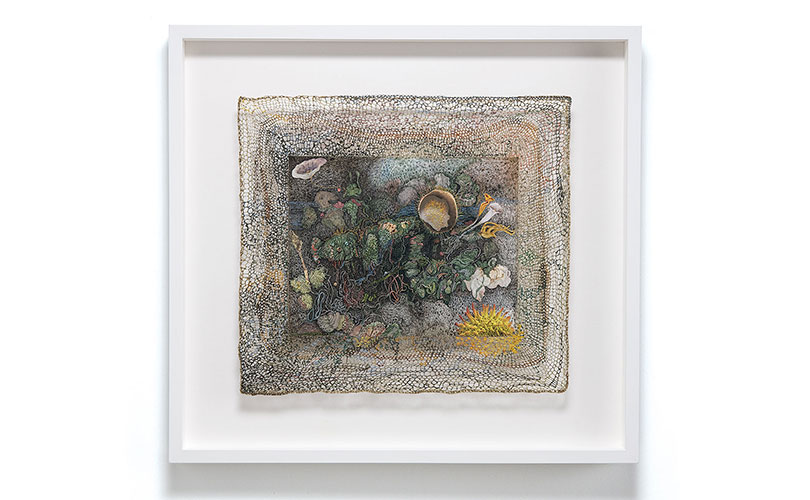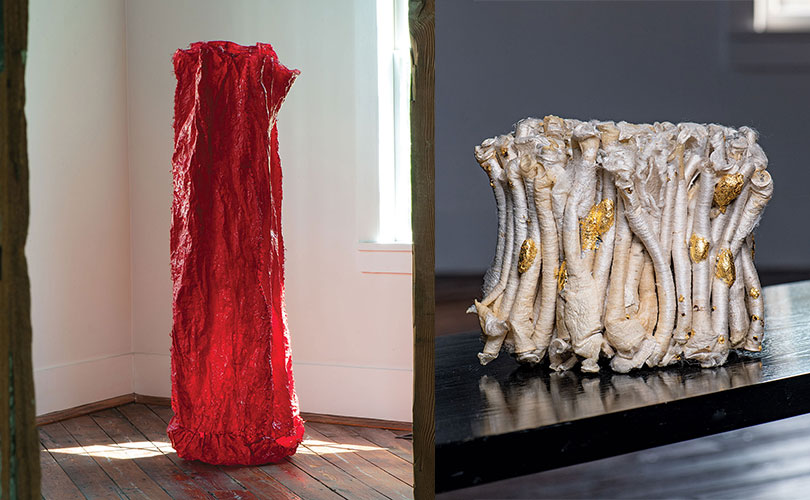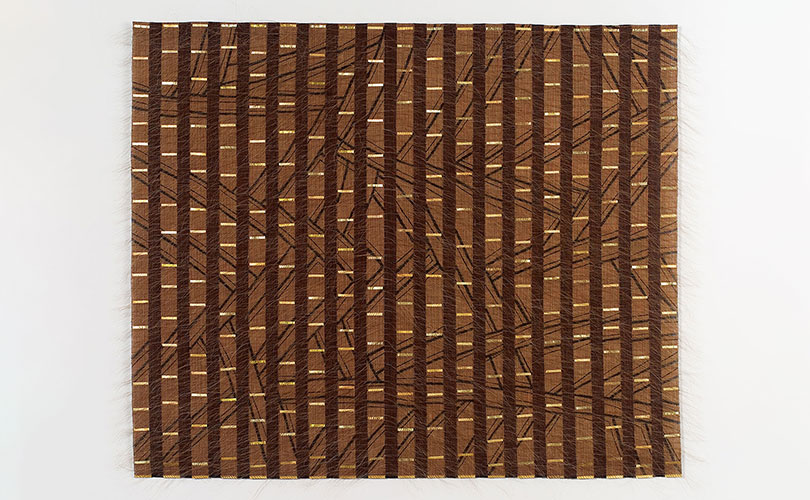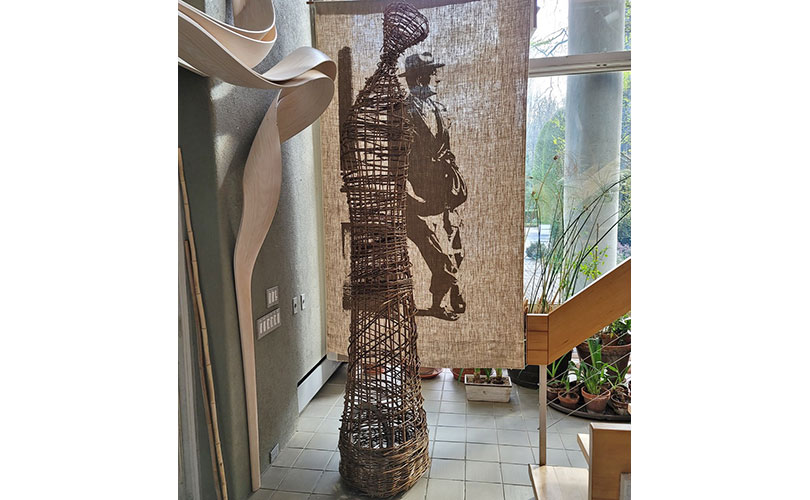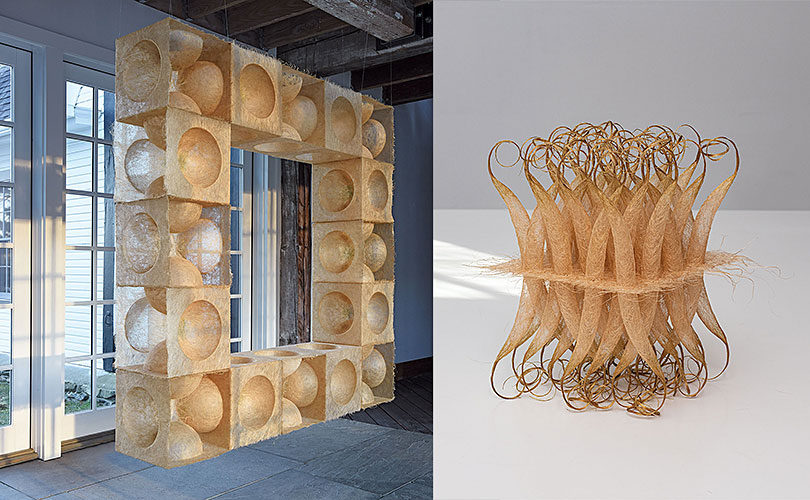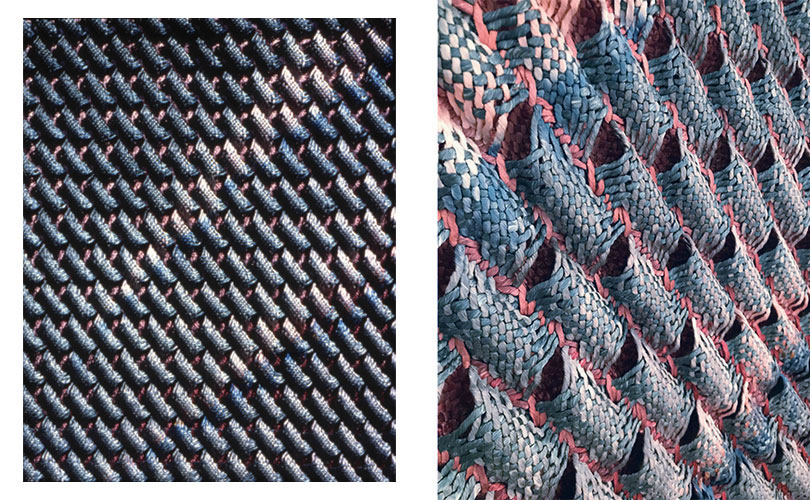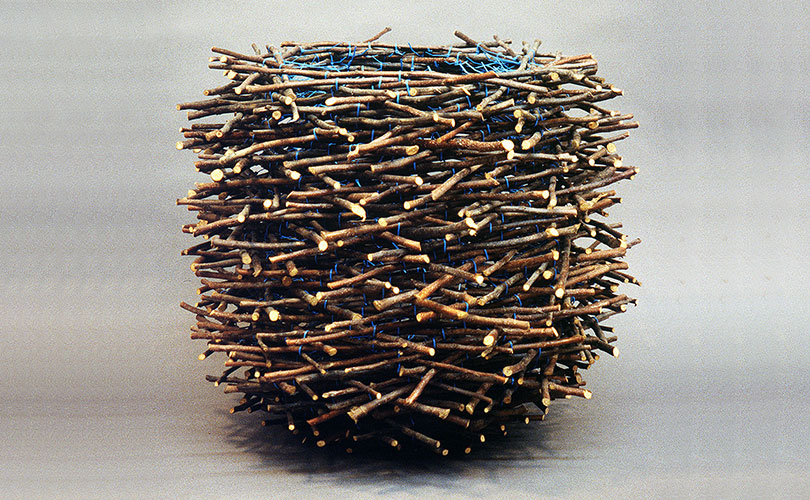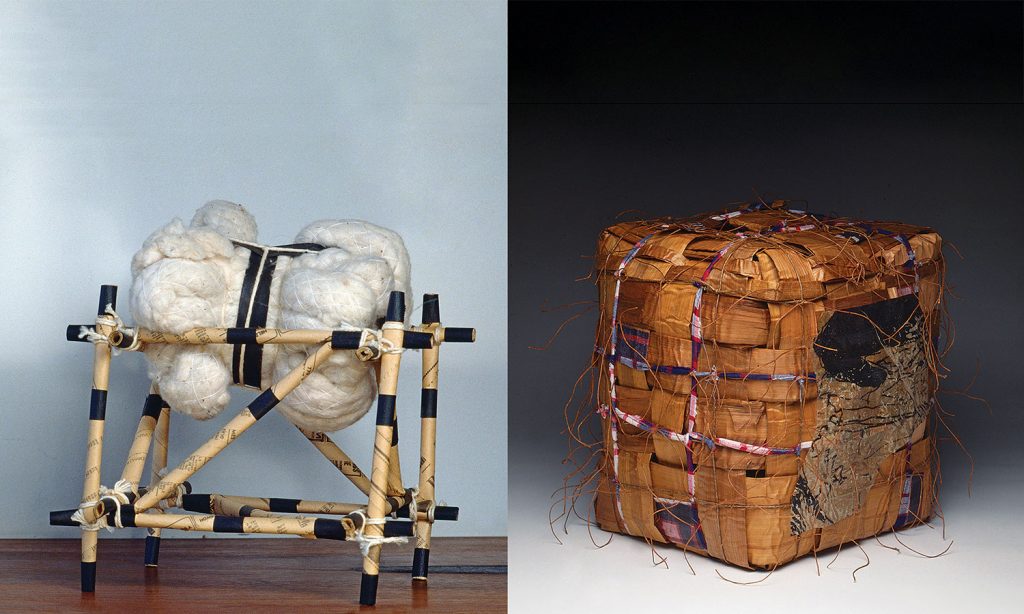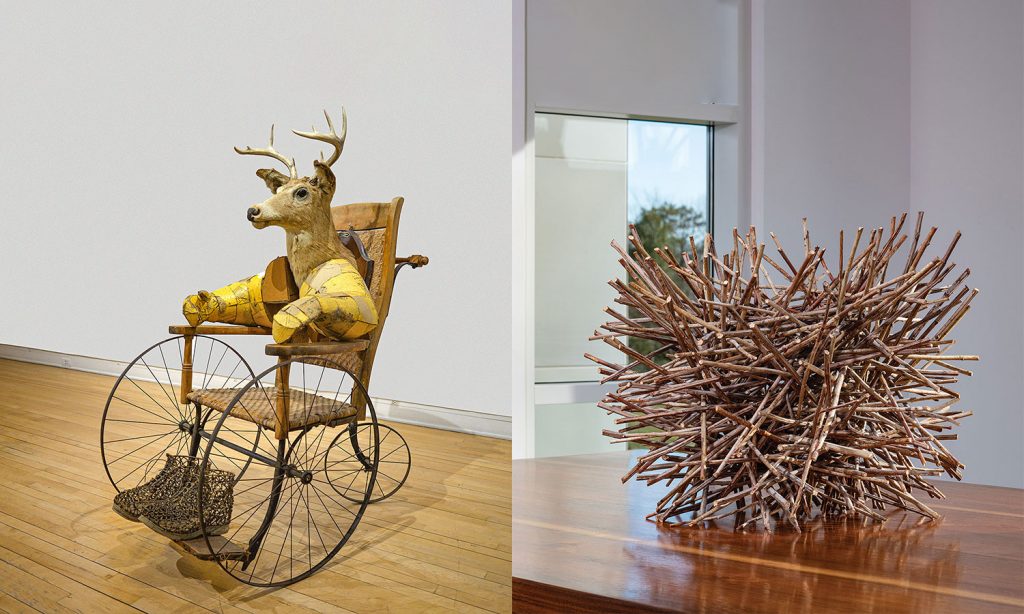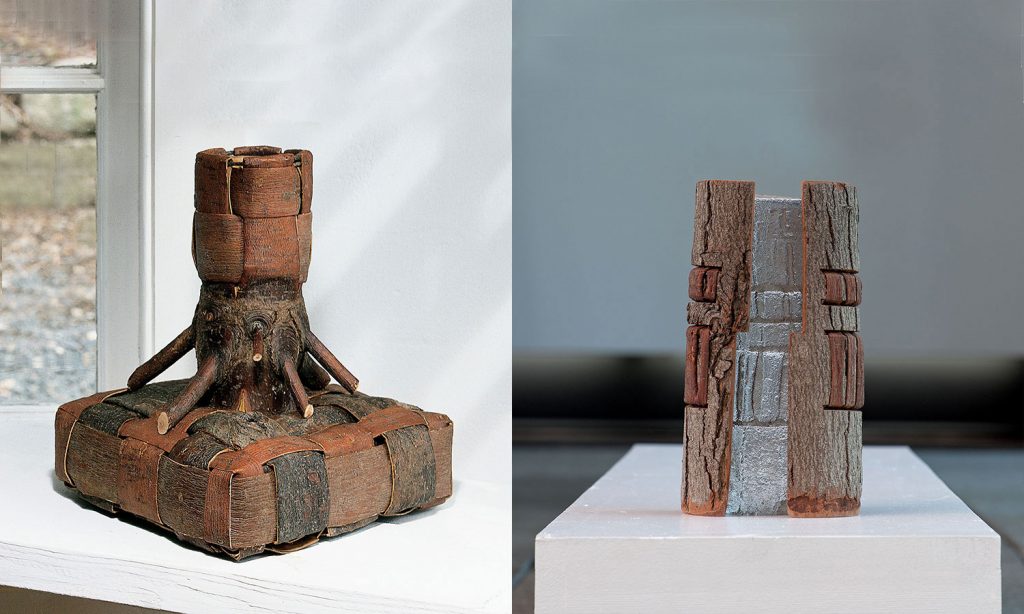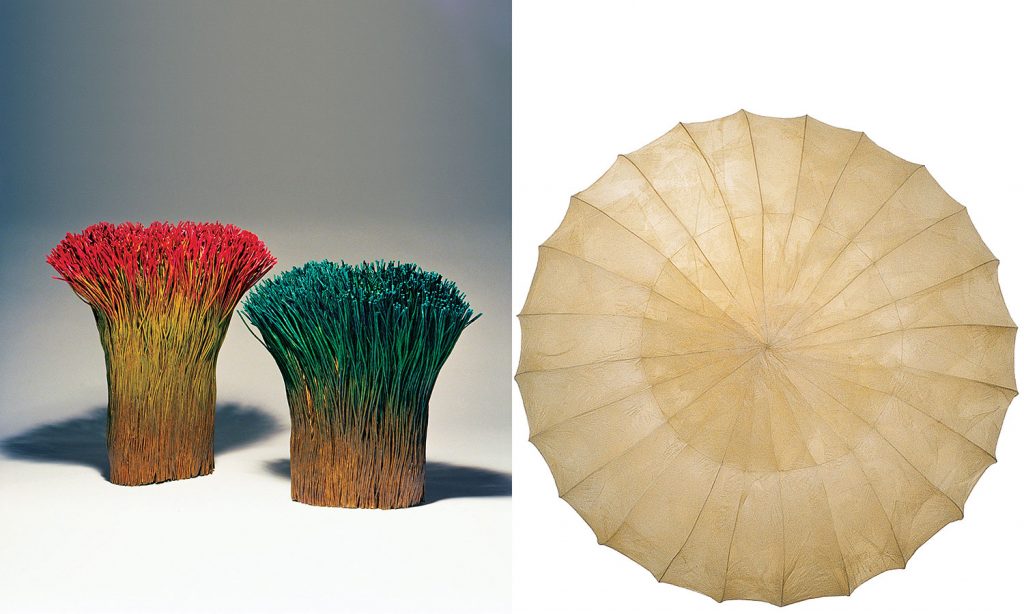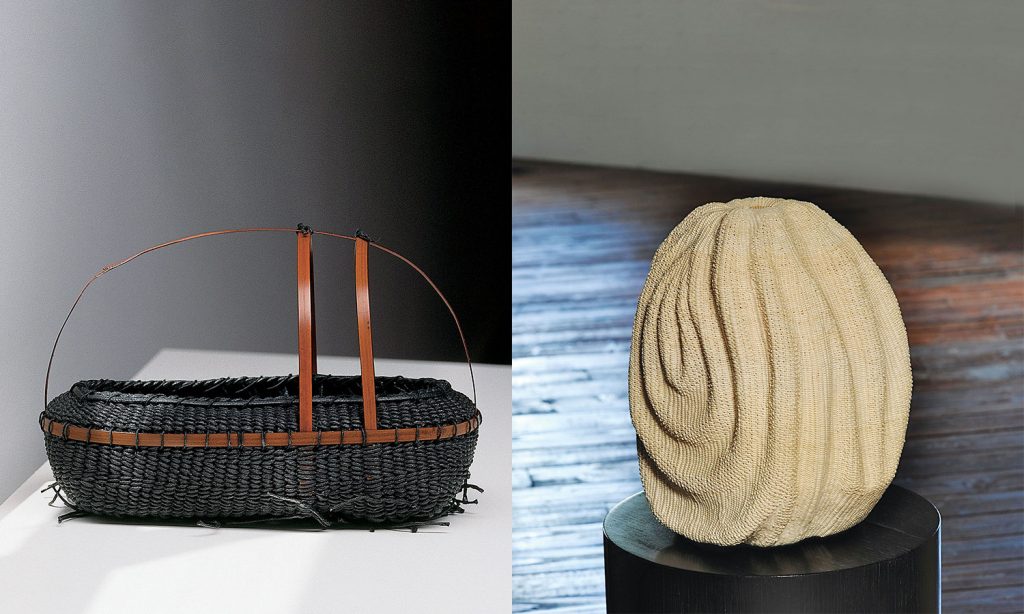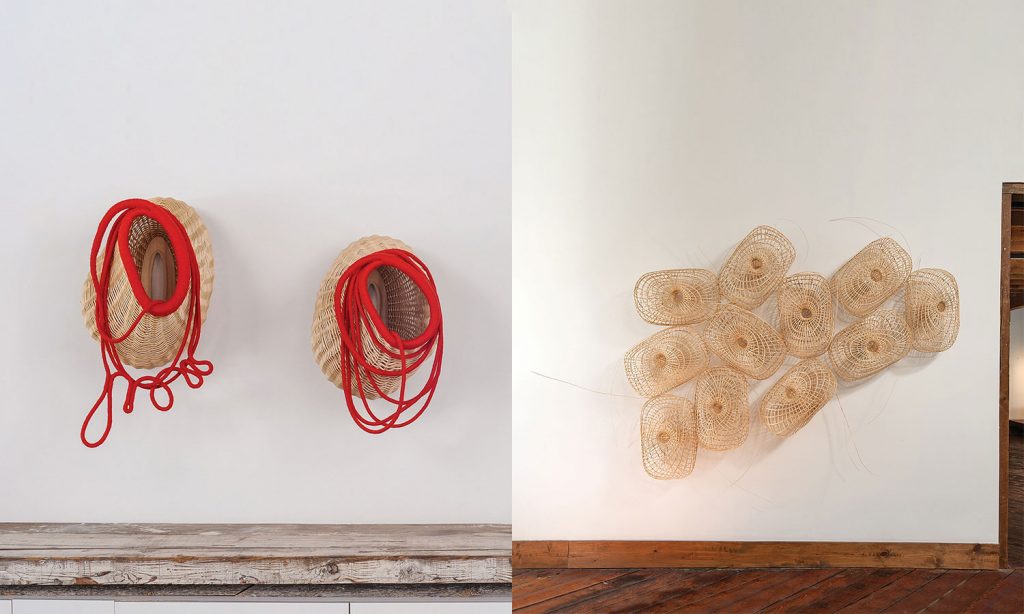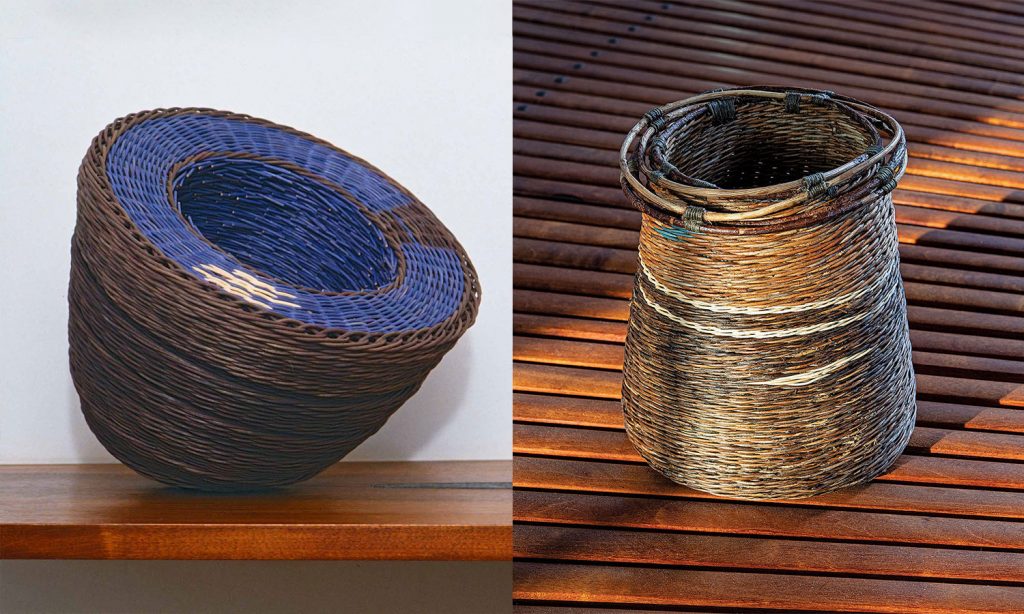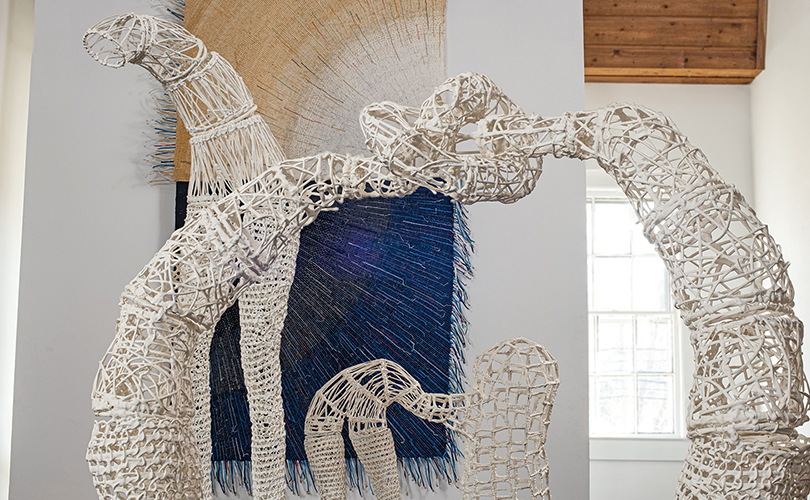
This May, browngrotta arts presents their Spring 2021 Art in the Barn exhibition, Crowdsourcing the Collective: survey of textile and mixed media art (May 7 – 15, 2021). It will be accompanied by our 53rd catalog, available on browngrotta.com after May 6th.
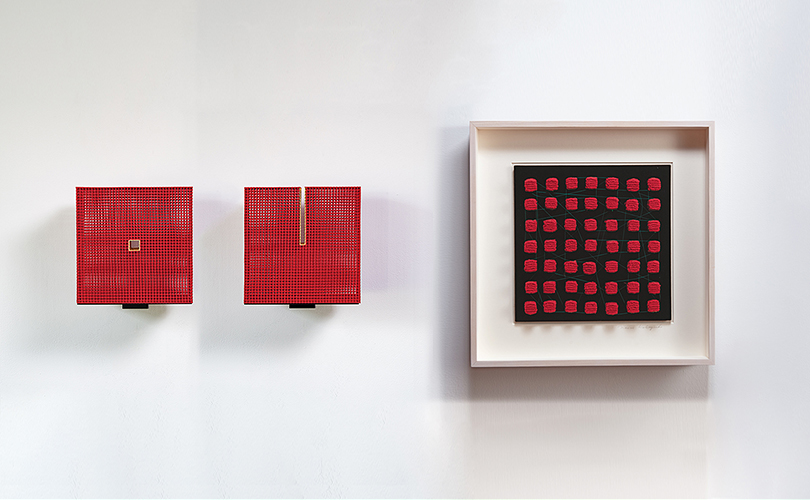
The 40 artists in Crowdsourcing the Collective: a survey of textile and mixed media art illustrate the vitality of art textiles, ceramics and mixed media. The growing prominence of these art forms finds them the subject of exhibitions in major museums, intermixed with paintings and traditional sculpture in ways unthinkable a decade ago. The journey of the artists in Crowdsourcing the Collective tells us much about where craft and fiber art are now, and about how they got here. Some of the artists began working during craft and fiber art’s less popular period in the ’80s and ‘90s; some have been working since fiber art’s first heyday in the ’70s. Their education, experience and inspiration vary. They differ in material and approach. They come from more than a dozen countries around the world and the influence of those places is often evident in their work.
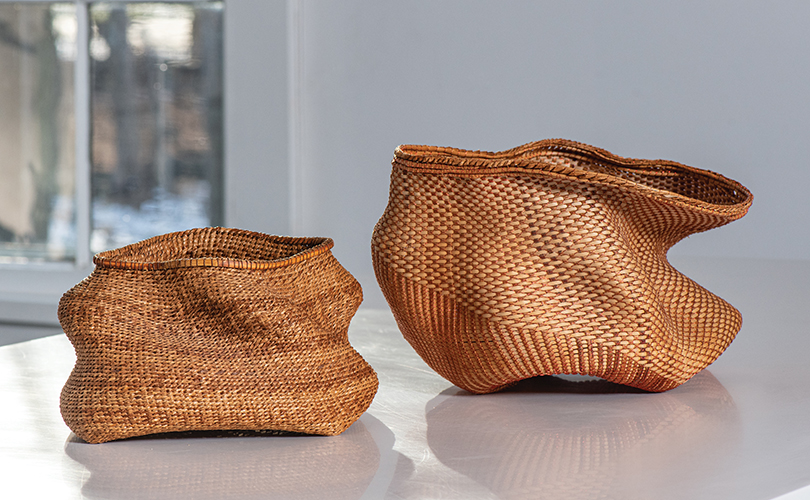
This exhibition reflects the astonishing range of materials and techniques that make this work so well regarded. Tapestries of silk and agave, sculptures of seaweed, seagrass and willow, wall works made of sandpaper, hemp and horsehair and ceramics of Shigaraki clay will all be included. The scope of these artists’ preoccupations are on view here, too — from environmental concerns, to questions of the cosmos and identity, to explorations of material and process. It includes new work, work from earlier periods and work from artists we have invited specifically for this exhibition. Come and see what we have compiled!
Reserve a space on Eventbrite:
https://www.eventbrite.com/e/crowdsourcing-the-collective-a-survey-of-textiles-and-mixed-media-art-tickets-292520014237
Exhibition Dates/Hours
Opening & Artists Reception
Saturday, May 7th: 11AM to 6PM (300 Visitor Cap)
Remainder of the exhibition
Sunday, May 8th: 11AM to 6 PM (40 visitors/hour)
Monday, May 9th – Saturday, May 14th: 10AM to 5PM (40 visitors/hour)
Final Day
Sunday, May 15th: 11AM to 6PM (40 visitors/ hour)
Address
276 Ridgefield Road Wilton, CT 06897
Safety protocols
Eventbrite reservations strongly encouraged • We will follow current state and federal guidelines surrounding COVID-19 • As of March 1, 2022, masks are not required • No narrow heels please (barn floors)

